Description
Are you someone interested in learning languages and establishing a career in Full-Stack Development? You must note that more than half of tech companies prefer Full Stack Developers. They are also paid 30% more than their peers because they can handle small projects easily without the need for additional developers.
This Full Stack Developer course offers an all-in-one solution for learning front-end and back-end technologies. You will build real-world projects using modern frameworks along with mastering databases. This course gives you the confidence to create complete web applications from scratch. With our hands-on approach, you’ll be industry-ready in no time. Sign Up for this course now!
Course Requirements:
- Basic knowledge of web development is helpful but not necessary.
- Access to a computer and internet.
- Motivation to learn and practice coding regularly.
Who Is This Course For?
- Aspiring developers who want to build both front-end and back-end applications.
- Front-end or back-end developers looking to transition to full-stack.
- Freelancers and professionals who want to expand their web development skills.
- College students or beginners interested in a comprehensive coding experience.


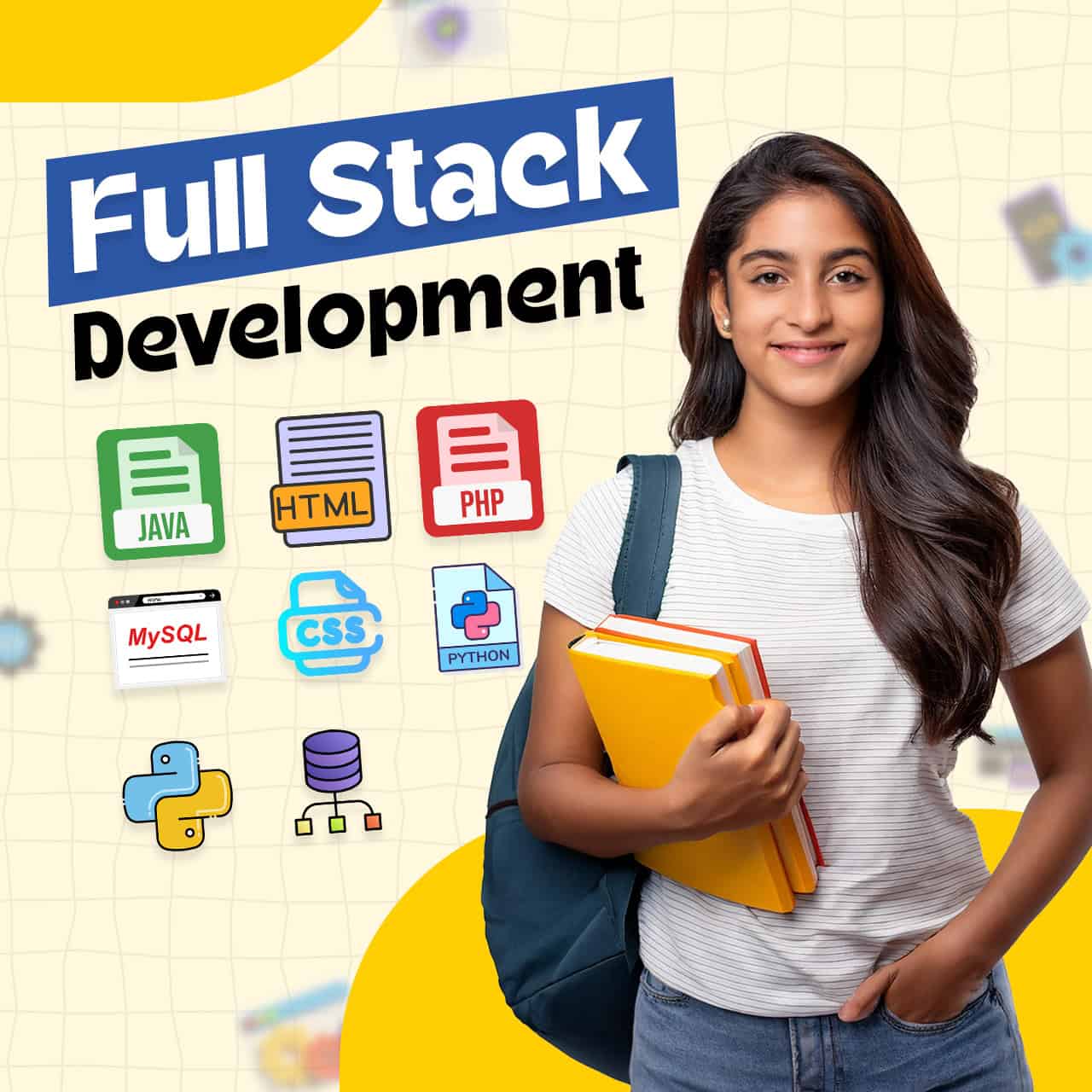

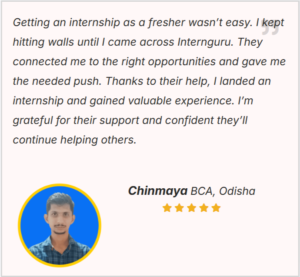




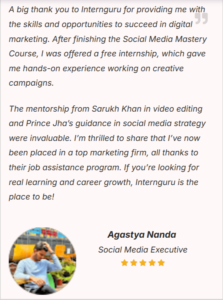

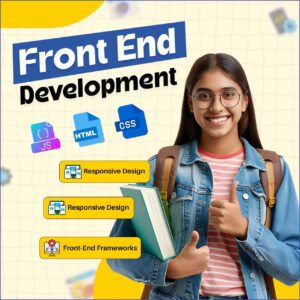
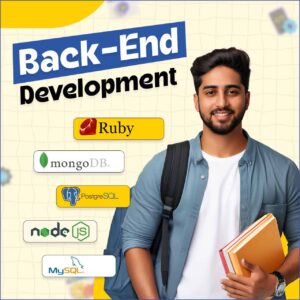


Tashneem Ali –
This course gave me a clear path to becoming a full-stack developer. It covered the front-end and back-end in detail. The projects helped build my portfolio.
Vikash Yadav –
It’s great for anyone looking to switch to full-stack development, but expect to spend a lot of time practising!
Vikash Jain –
This course gave me the skills to work as a full-stack developer. Both the front-end and back-end modules were packed with useful information. More real-world projects would have been a nice touch, though.
Kajal Sharma –
The Full Stack course was very thorough and helped me understand both front-end and back-end development. I would have appreciated more help with setting up the development environment, but overall, I feel prepared for the job market.